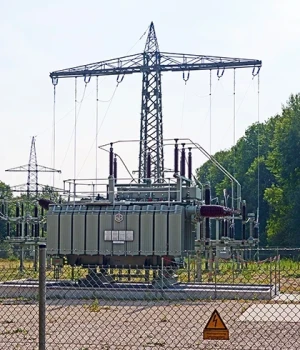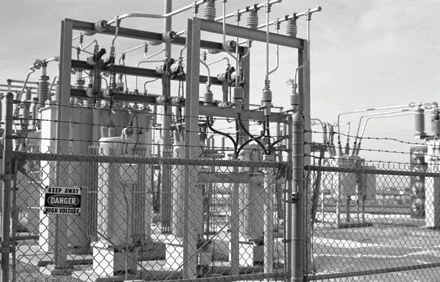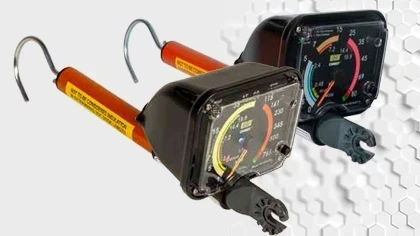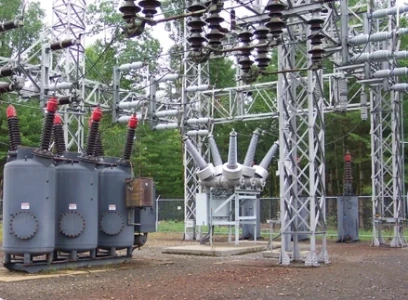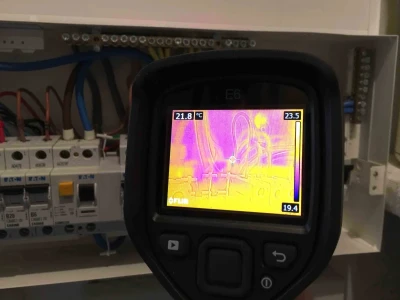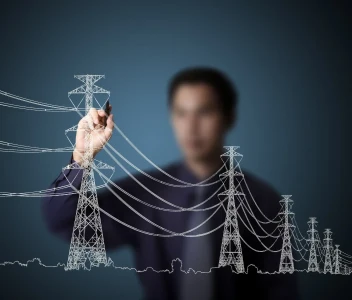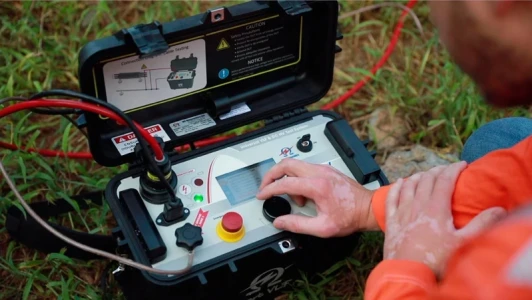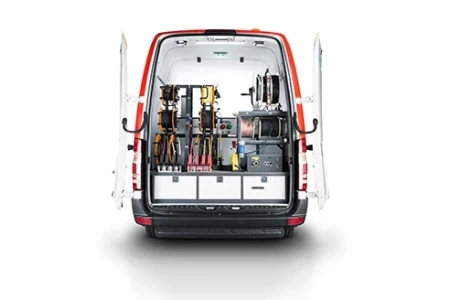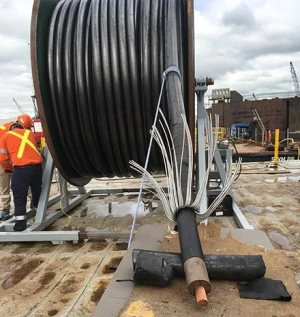Utility Proactively Tests Underground Cable

Distribution companies are continually looking for ways to improve system reliability, all while conserving capital investments and operational costs. With an aging infrastructure, one of the main issues that utilities face is a way to assess the actual condition of their capital assets.
With respect to underground cables, utilities can achieve enhanced reliability by developing a smarter asset management strategy. Historically, utilities used a reactive-based maintenance approach: when a cable fails, have it replaced. However, with increasing proportions of cables approaching end of life, this method is not sustainable because it consumes a significant portion of the operation and maintenance budget. Simply put, for most utilities, not enough capital dollars are available to replace all of the aged cables. For this reason, utilities must employ an effective strategy to adopt condition-based maintenance to balance this issue.
Many utilities have switched to condition-based maintenance programs to more efficiently spend their capital budgets. Generally, utilities diagnose the health of a cable based on its age, and they expect cables to last 25 to 30 years. The age of a cable, however, is not always an indication of the cable’s quality.

